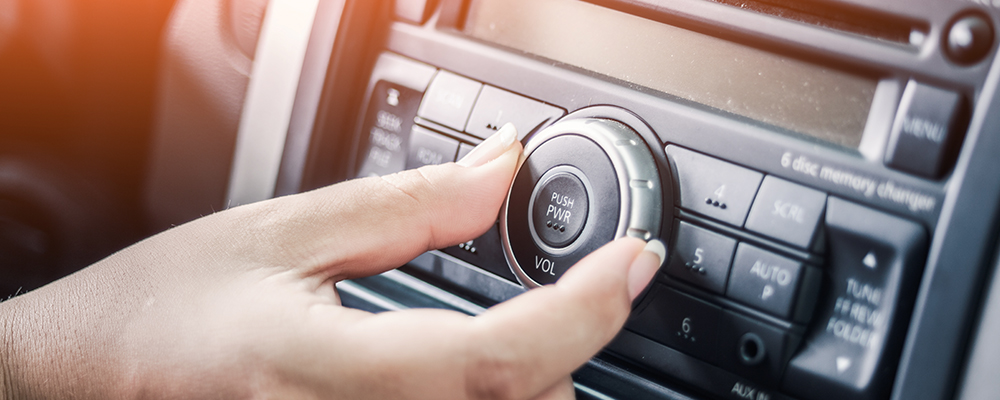Radio listening is going back to pre-pandemic levels as the number of commuters on the road increases. In 2020, many people stayed home as businesses temporarily shut their doors. Remote working became the way of life for many, and as a result, Zoom meetings, emails, video calls, and digital resources became the norm.
Media consumption has changed dramatically as people spent more time at home. People consumed digital entertainment by listening to podcasts, streaming video and audio, playing video games, etc. However, as media consumption grew digitally, radio and traditional television hit some big slumps. According to Edison Research, the pandemic caused in-car radio listening to drop by 37% from 1st quarter 2020 to 2nd quarter 2020. It rebounded in 3rd quarter as restrictions began to be lifted.
Before Covid-19 hit, people spent 32% of their time listening to audio in their cars. In May of 2020 during the height of the stay-at-home mandates, that figure dropped to 20%. By September, it went back up to 28%.
Even with the increase of Internet availability in vehicles, AM/FM radio continues to be the most popular source of audio entertainment. Edison Research found that during 1st quarter 2021, terrestrial radio accounted for 87% of all ad-supported in-car listening. As car travel continues to rise, radio listening will continue to revert back to pre-pandemic listening.
With radio listening returning to normal as businesses, restaurants, and retailers fully open, ad dollars are expected to return with a vengeance. While the media market continues to change and evolve into more and more digital options, radio is still a strong player in the advertising industry.

